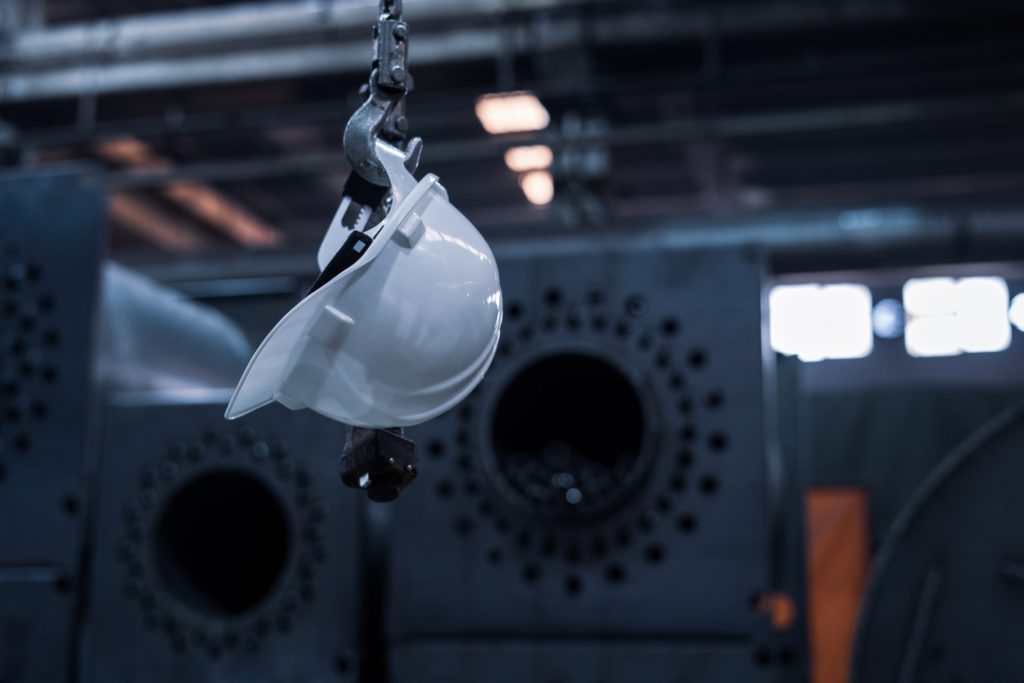Key Takeaways:
- A lease agreement involves two main parties: the lessor, who provides the asset, and the lessee, who uses it for a defined period in exchange for periodic payments.
- The lessee is obligated to care for the leased asset, conduct necessary maintenance, and make all due payments to the lessor.
- Lease agreements can take different forms, including capital leases, operating leases, and sale and leaseback arrangements.
- Lease agreements provide a more economical option for asset use, as they typically require a lower cash outlay than outright purchasing.
- Misuse of the leased asset or breach of contract terms can result in termination of the lease agreement.
The Essence of a Lease Agreement: Lessee vs. Lessor
Lease agreements are prevalent in business and personal transactions, offering a method for individuals and companies to use assets without purchasing them outright. The principal actors in such an agreement are the lessor and the lessee.
The lessor is the legal owner of the asset and provides it to the lessee for use over a predetermined period. In contrast, the lessee gains the right to use the asset for the agreed duration in exchange for regular payments. This article focuses on the lessee, the party who acquires the right to use an asset, and how this role plays out in agreements and contracts.
Lessee: The Asset User in a Lease Agreement
In a lease agreement, the lessee gets the privilege of using an asset—be it real estate, a vehicle, or a piece of equipment—for a defined period. This period, often referred to as the “lease term,” depends largely on the type of asset involved. For instance, a land lease for setting up a manufacturing plant is likely to last longer than an equipment or vehicle lease.
During the lease term, the lessee is responsible for the care and maintenance of the asset. Suppose the leased asset is an apartment—the lessee should not make any structural alterations without the lessor’s consent. If any damage occurs, the lessee is obligated to repair it before the contract expires. If the lessee neglects to make necessary repairs or replace broken fixtures, the lessor can charge the repair costs to the lessee as per the agreement.
Moreover, the lessee must respect the lessor’s ownership rights and use the asset responsibly. Misuse of the asset or using it for illegal activities can result in termination of the lease agreement without notice.
Lease Agreement: The Bond Between Lessee and Lessor
A lease agreement is the official contract that outlines the terms of use for the leased asset. Both the lessor and the lessee are signatories to this document and are legally bound to uphold its conditions. Should either party contravene the agreement’s stipulations, the contract could be terminated.
For instance, if a lessee engages in illegal activities on the leased premises, the lessor has the right to cancel the agreement and evict the lessee. Conversely, if the lessor infringes on the lessee’s rights under the agreement, the lessee might have legal recourse to end the lease. Some agreements may include an option for the lessee to purchase the leased asset at the lease term’s conclusion.
Types of Lease Agreements
Lease agreements come in various forms, each with distinct implications for the lessee. Three common types are capital leases, operating leases, and sale and leaseback agreements.
- Capital Lease: In a capital lease, also known as a finance lease, the lessee gains full control over the asset and assumes all the associated costs, including maintenance. This lease type is considered a long-term lease, typically spanning most of the asset’s useful life. The lessee assumes both the risks and benefits of owning the asset and must record the lease as an asset (with a corresponding liability) on their balance sheet.
- Operating Lease: In an operating lease, the lessor retains ownership benefits and responsibilities. The lessee uses the asset for a fixed portion of its lifespan and is not responsible for maintenance costs. Contrary to a capital lease, an operating lease does not require the lessee to record the leased asset on their balance sheet.
- Sale and Leaseback: A sale and leaseback agreement involves a party selling an asset and then immediately leasing it back from the buyer. In this scenario, the seller becomes the lessee, and the buyer becomes the lessor. Such arrangements are often executed based on the seller’s need for immediate capital while still requiring the use of the asset.
Conclusion
Lease agreements play a significant role in the business and personal financial landscape, providing an economical alternative to direct asset purchasing. As the user of an asset under a lease agreement, the lessee has critical responsibilities, from maintenance to timely payments. Understanding these duties, the specifics of lease agreements, and the various lease types is essential for prospective lessees to navigate the leasing landscape effectively and ensure they’re making informed decisions.









